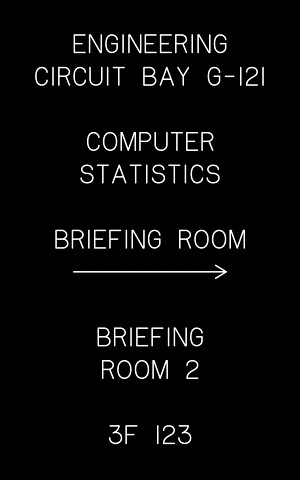Hello. I am a long time reader, but this is only my second post.
I was curious about the construction of the original series Jefferies' Tube. Using Google, I easily found the original production sketches drawn by Matt Jefferies, as well as the overhead stage layout.
I had two specific questions:
1. The construction of the tube itself - I know the tube itself was created with Sonotube. It looks to be about 36 inches in diameter, and about 8 to 10 feet long. It looks to be at about a 45 degree angle. Are these conjectures close to correct?
2. The construction of the steps or stairs - I have seen many screenshots at TrekCore, but I can't figure out much. They look to be about 12 inches wide, but I really don't know. The shape really throws me. Could anyone teach me about these?
I noticed a few people had built the more... exciting sets using Lightwave. The work from both blssdwlf and Mytran is absolutely inspiring. I would love to know if anyone had done this kind of detail work on the Jefferies tube?
Thank you,
Bill
I was curious about the construction of the original series Jefferies' Tube. Using Google, I easily found the original production sketches drawn by Matt Jefferies, as well as the overhead stage layout.
I had two specific questions:
1. The construction of the tube itself - I know the tube itself was created with Sonotube. It looks to be about 36 inches in diameter, and about 8 to 10 feet long. It looks to be at about a 45 degree angle. Are these conjectures close to correct?
2. The construction of the steps or stairs - I have seen many screenshots at TrekCore, but I can't figure out much. They look to be about 12 inches wide, but I really don't know. The shape really throws me. Could anyone teach me about these?
I noticed a few people had built the more... exciting sets using Lightwave. The work from both blssdwlf and Mytran is absolutely inspiring. I would love to know if anyone had done this kind of detail work on the Jefferies tube?
Thank you,
Bill



